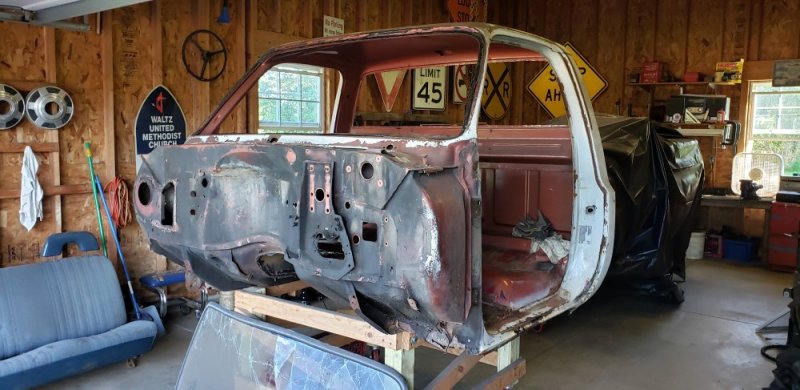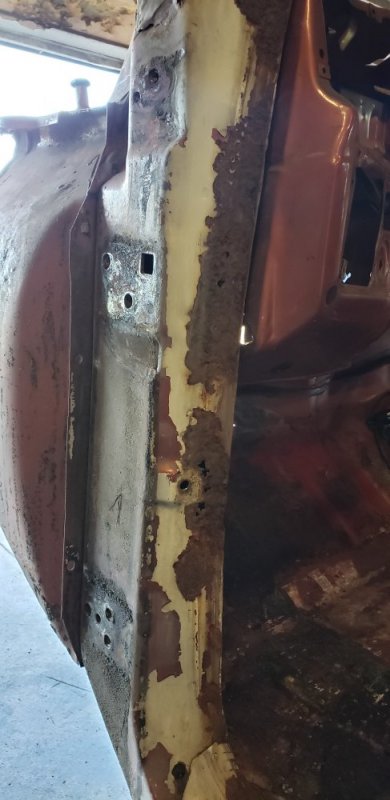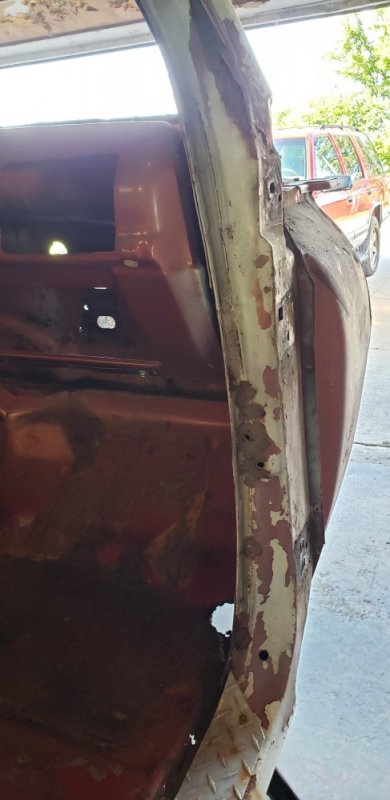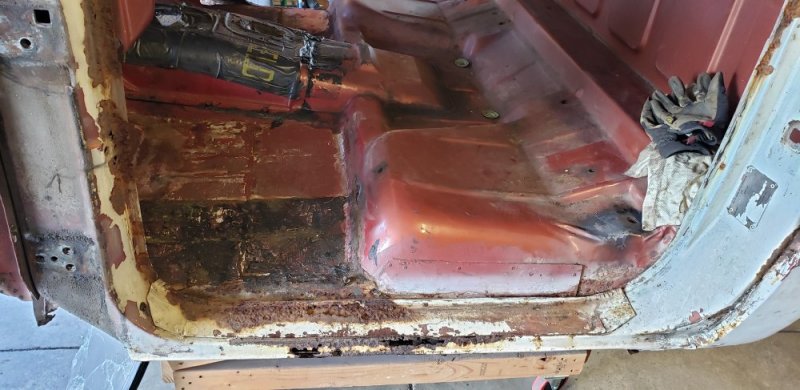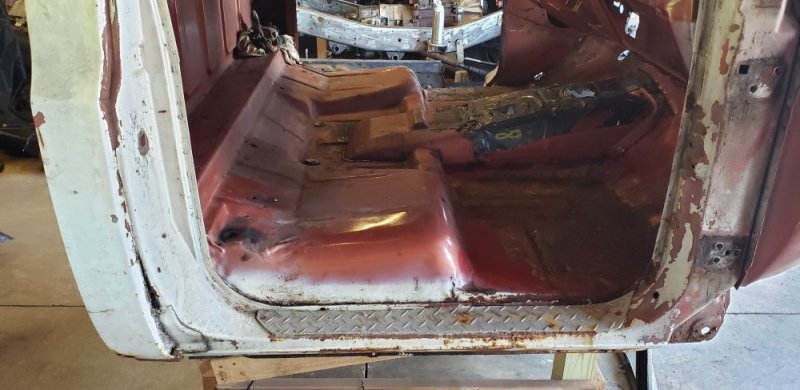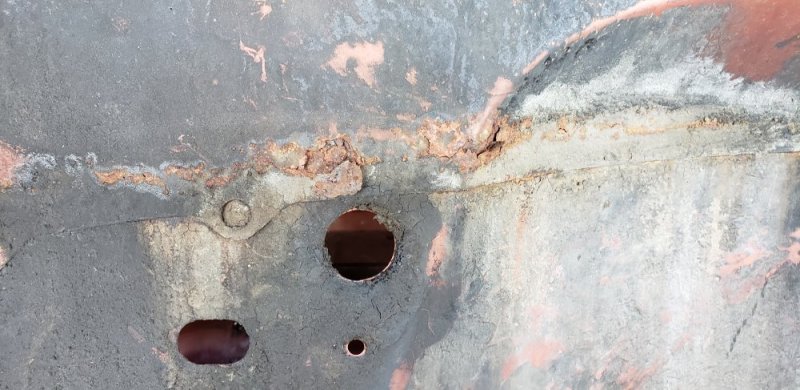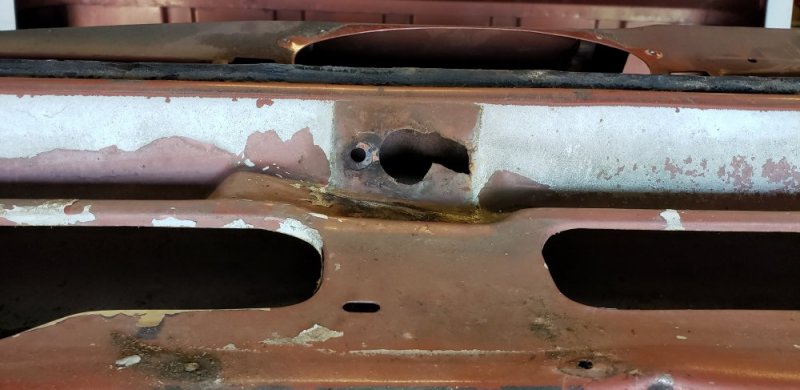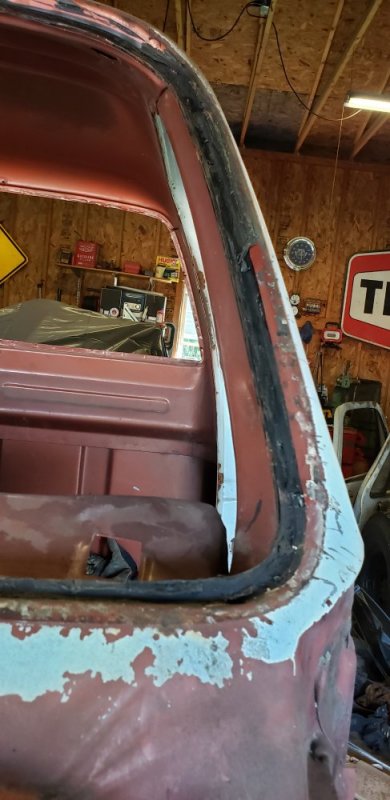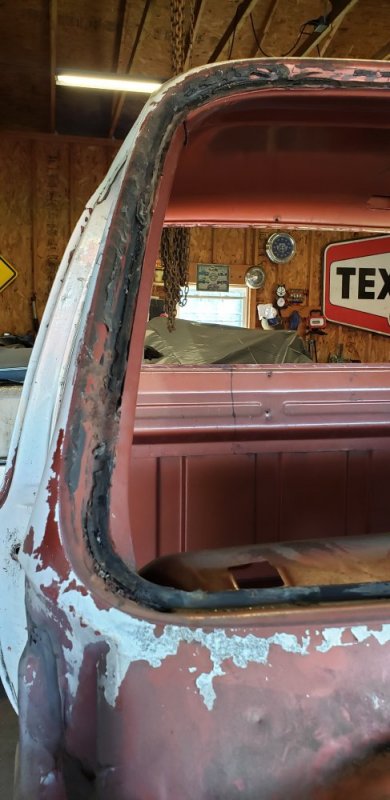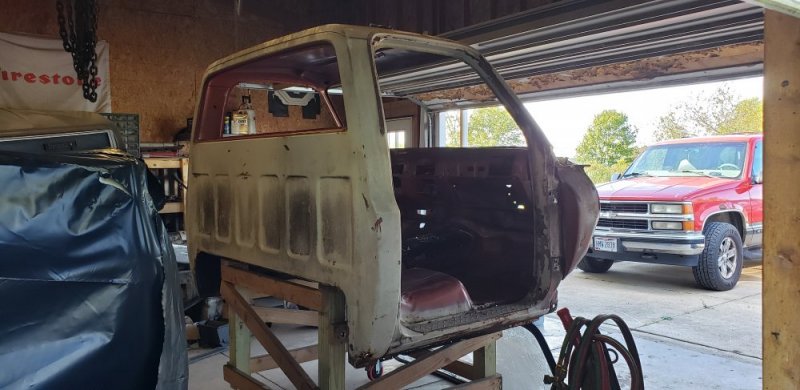Rockabillyrat
SlIgHtLy StUpId.
With that the chassis is done for now. I will cone back and box the frame and finish weld everything once I test fit the body and confirm I don't have to move anything. I'd hate to finish the chassis and run into an issue where I had to cut it back apart. I pushed it out side to clean and reorganize the garage. So naturally I got a good photo shoot in some sunlight.
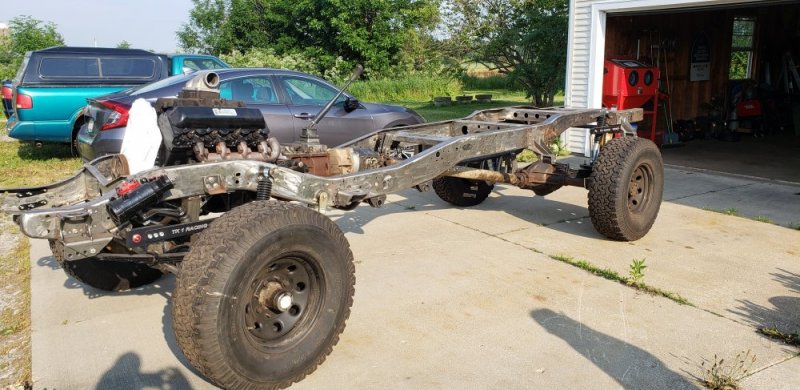
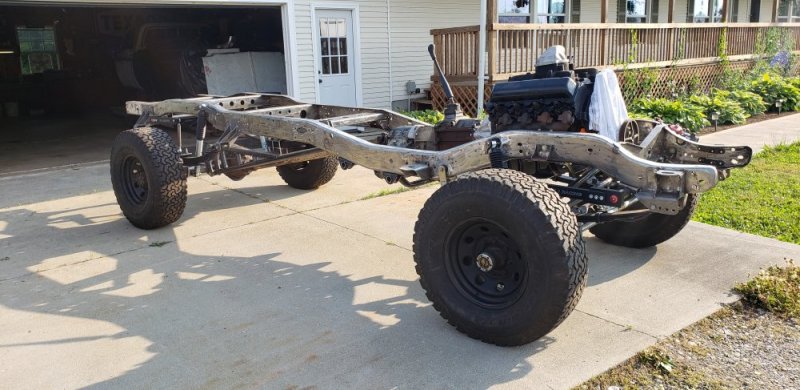
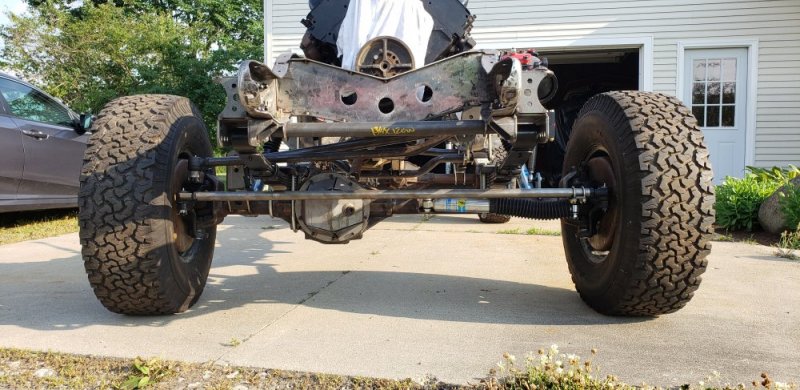
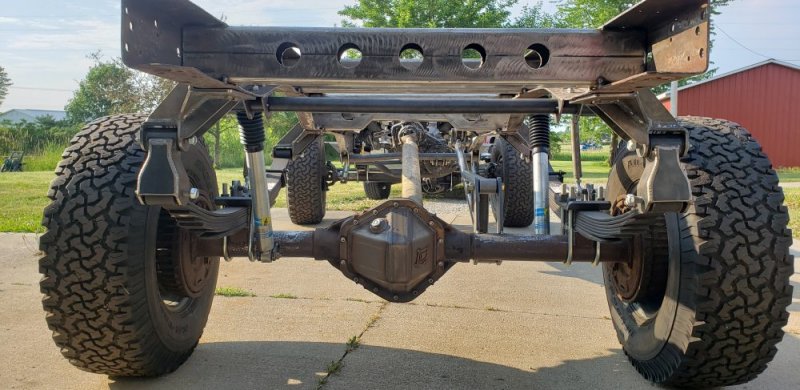
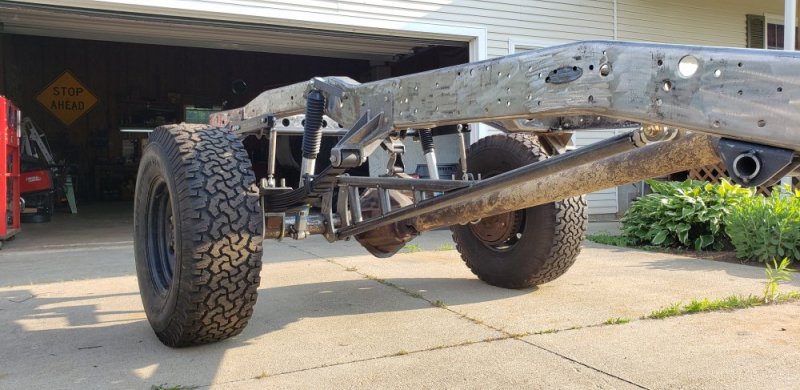
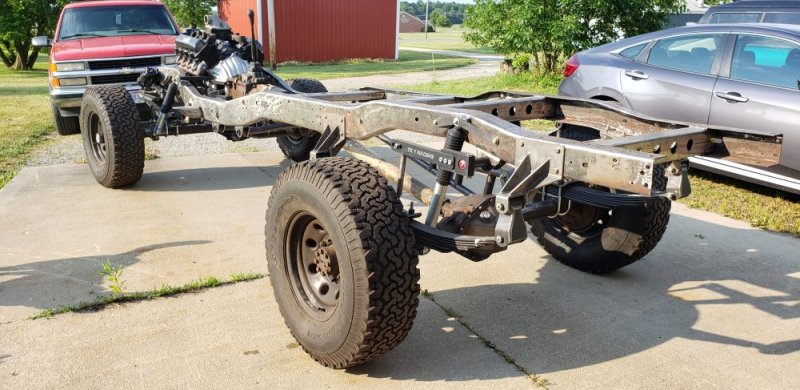
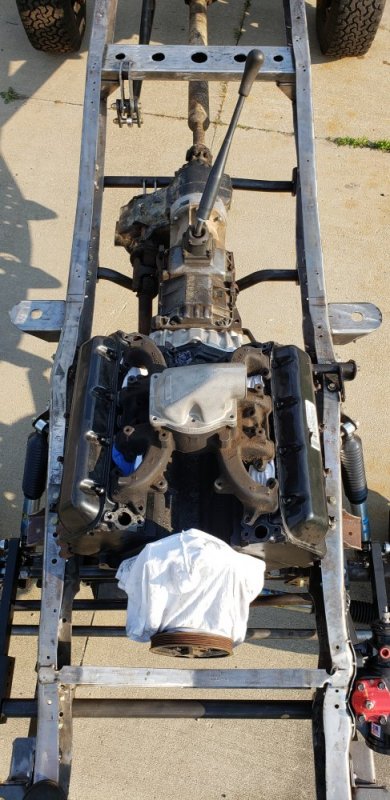
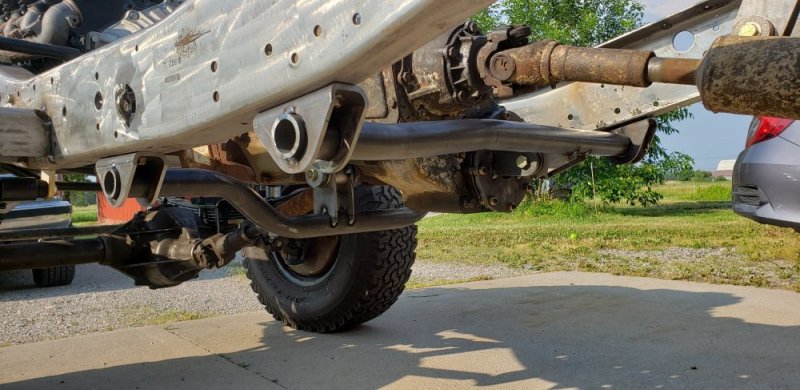
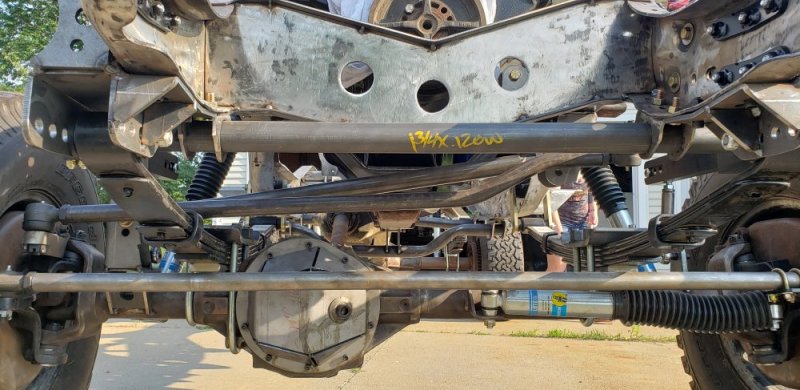
I pushed the chassis off into the corner and dragged the cab out so I can start stripping it down. I'm going to build a rotisserie out of 2 cheap engine stands so I can install new floors. But this will have to be my bad weather project for a few months. Unfortunately with the nice weather I'm way behind on my outside projects I need to get done this year. Mainly a deck for the back of the house... stupid house taking all my money and time away from my truck .
.
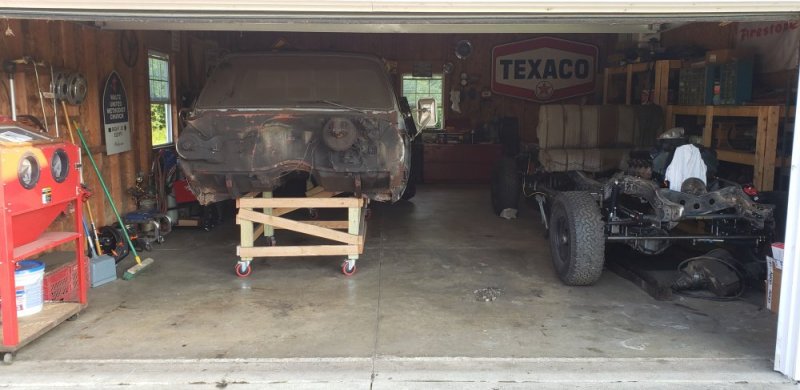









I pushed the chassis off into the corner and dragged the cab out so I can start stripping it down. I'm going to build a rotisserie out of 2 cheap engine stands so I can install new floors. But this will have to be my bad weather project for a few months. Unfortunately with the nice weather I'm way behind on my outside projects I need to get done this year. Mainly a deck for the back of the house... stupid house taking all my money and time away from my truck


